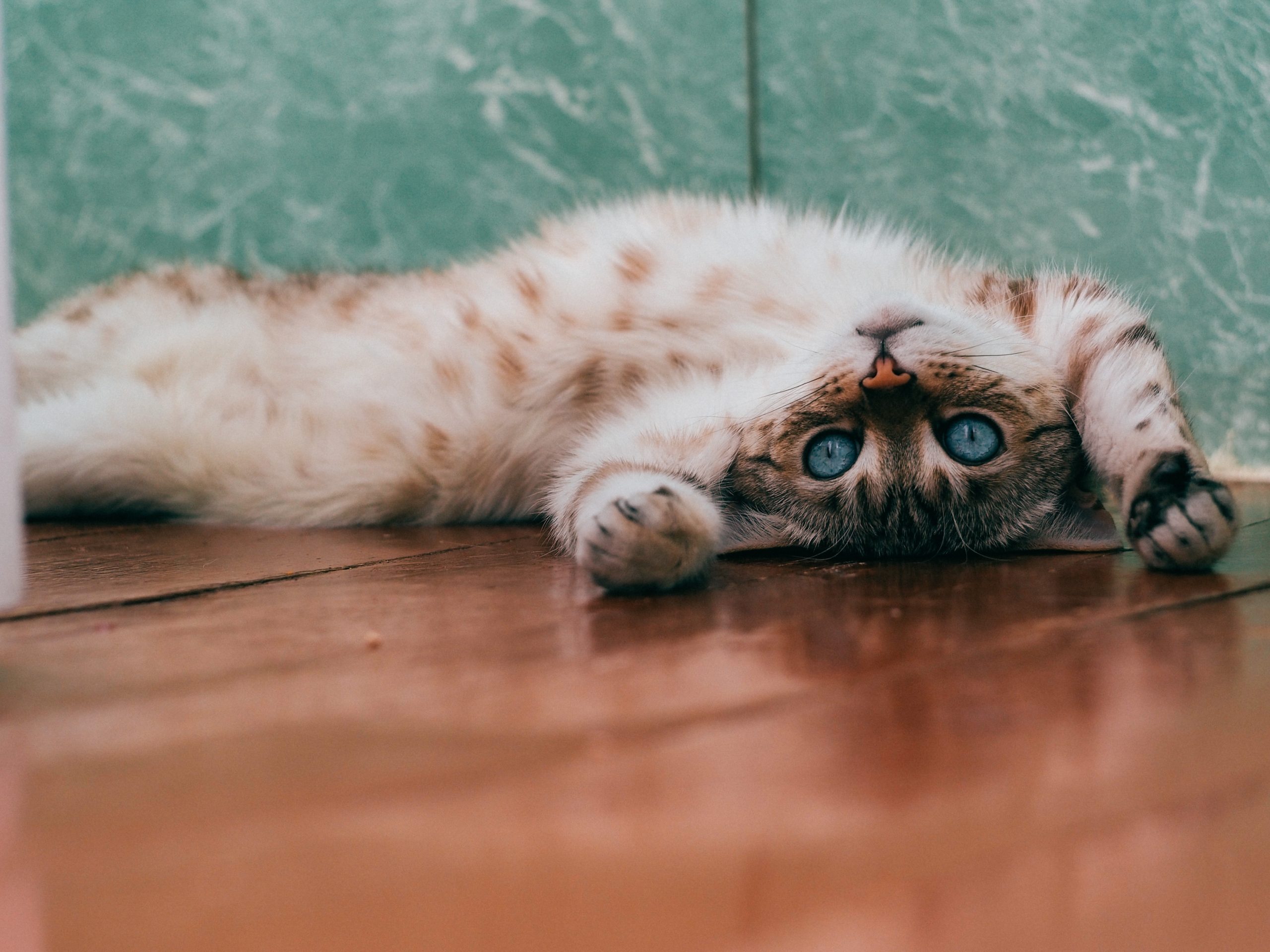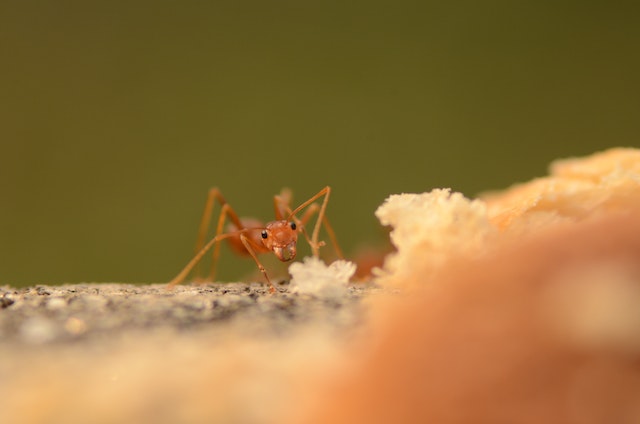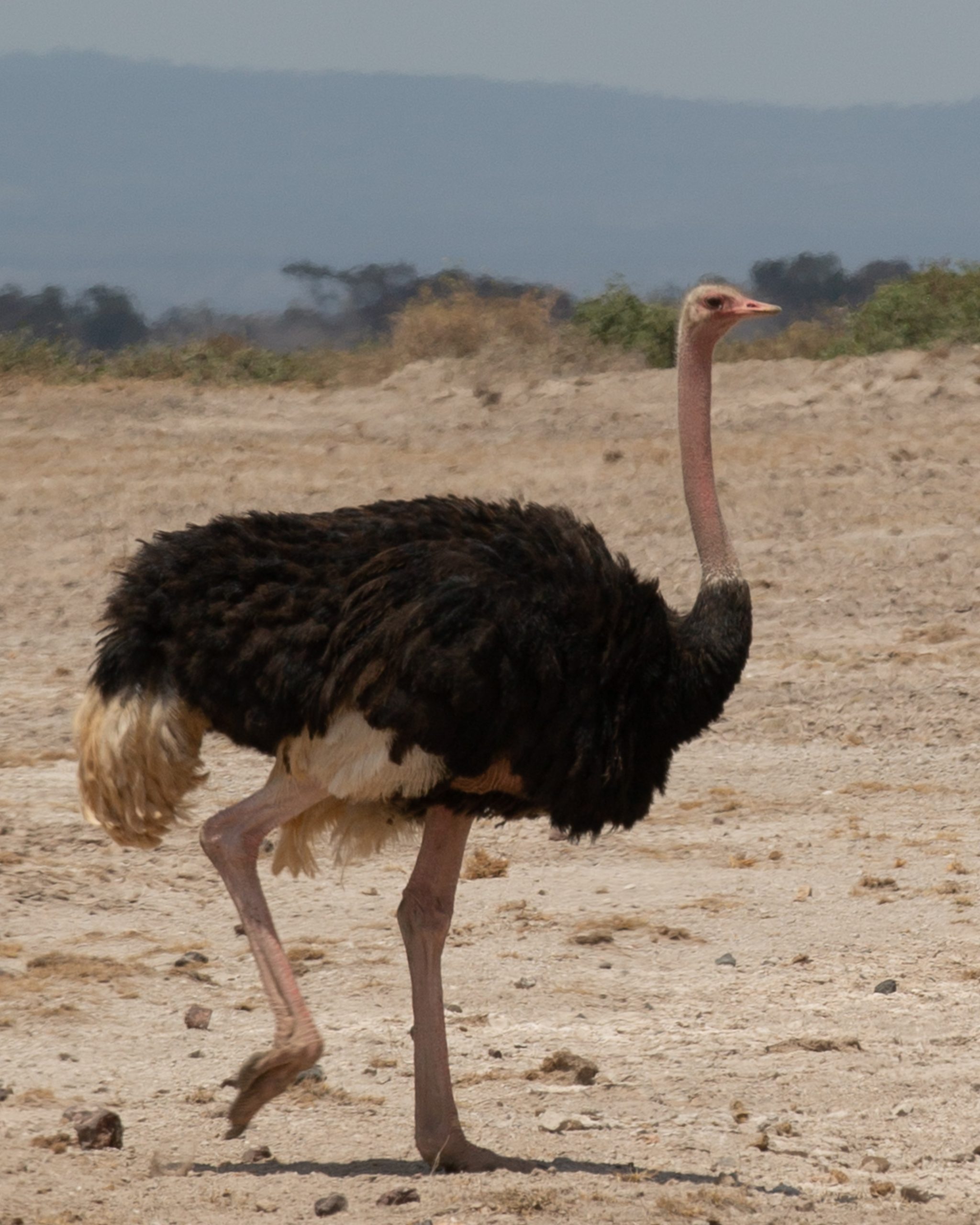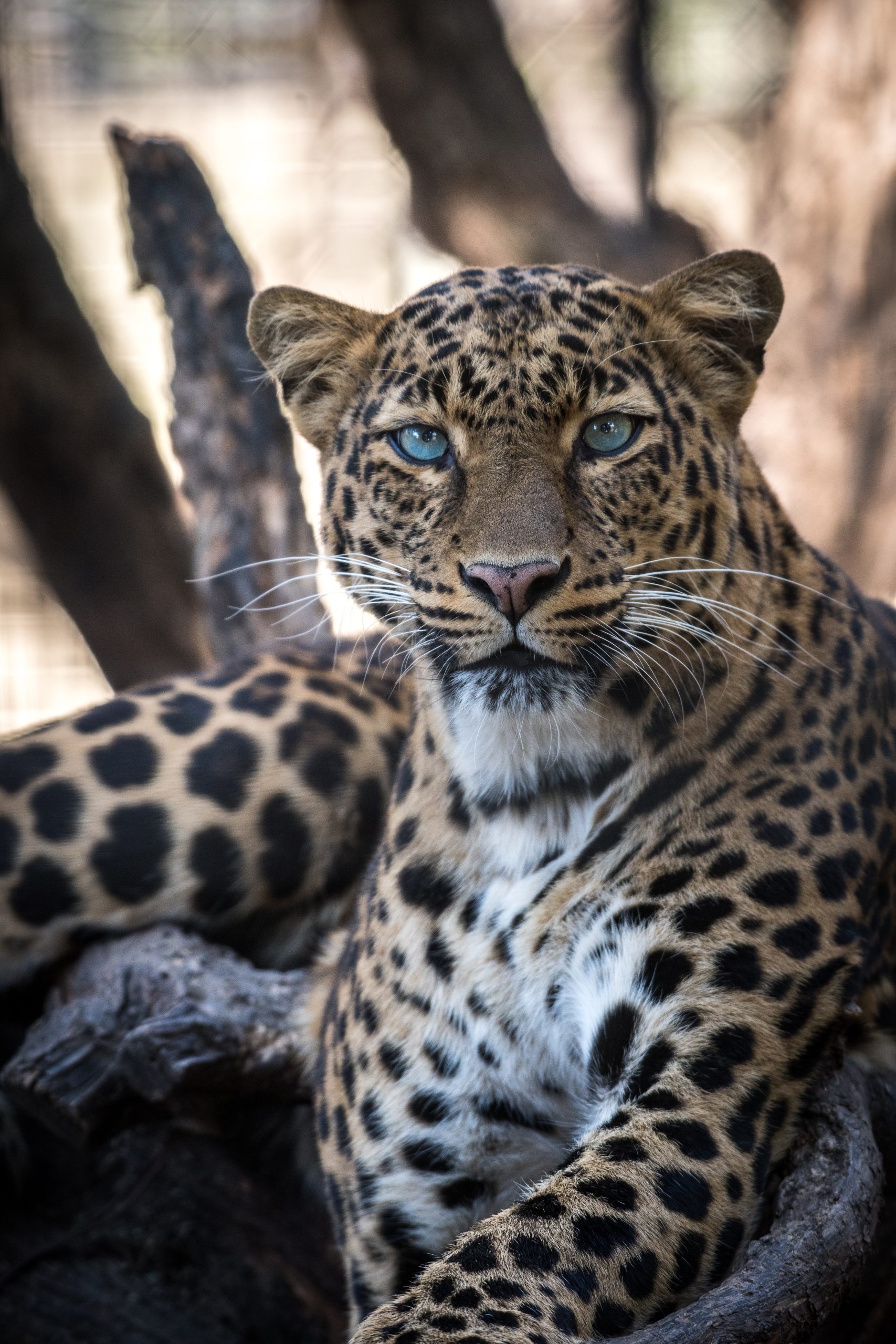I couldn’t resist digging into the scientific research behind our feline friends’ cuddle-worthy behaviors. Despite their reputation for being independent, aloof, and sometimes even aloof, it turns out that cats are actually hardwired to be loving and affectionate companions. So, why are cats the ultimate cuddle buddies? Let’s explore the science behind it!
Research Techniques and Sources:
To uncover the scientific facts about feline affection, I delved into various research studies conducted by experts in animal behavior, veterinary science, and psychology. I thoroughly analyzed peer-reviewed journals, scientific articles, and books authored by reputable scientists in the field. I also consulted with veterinary professionals and animal behaviorists to gain insights and validate the information. Adhering to journalistic ethics, I ensured that the sources I used were reliable, credible, and based on empirical evidence.
The Science of Feline Affection:
Contrary to popular belief, cats are not solitary animals. They are social creatures that form strong bonds with their human caregivers and other feline companions. Research has shown that cats have the same brain structures responsible for emotions and social behaviors as humans, including the amygdala, hippocampus, and prefrontal cortex. These structures are associated with memory, emotional regulation, and attachment.
A study published in the journal “Current Biology” revealed that cats form secure attachments to their owners similar to human infants and dogs. The study used a modified version of the “strange situation test” commonly used in psychology to assess attachment in infants. The results showed that cats displayed behaviors such as seeking proximity to their owners, exploring their environment when the owner was present, and showing signs of distress when the owner left, all indicative of a secure attachment.
Another study published in the journal “Applied Animal Behavior Science” found that cats show affection through various behaviors, including purring, kneading, head-bumping, and slow blinking. These behaviors are believed to release oxytocin, also known as the “love hormone,” in both cats and their human caregivers. Oxytocin is associated with bonding, trust, and social attachment, and is known to promote positive social interactions.
Furthermore, research has shown that physical contact with humans has a calming effect on cats. Petting and cuddling releases endorphins, which are natural mood-enhancing hormones, in both cats and humans. This mutual exchange of positive emotions creates a strong bond between cats and their human companions.
Opinion Piece:
As a cat owner and an advocate for feline welfare, I am thrilled to see scientific evidence supporting the notion that cats are indeed loving and affectionate companions. As a journalist, I believe it is important to dispel the myth of cats being aloof and highlight their true nature as cuddle buddies. Through my research, I have come to realize that cats are capable of forming deep emotional connections with their human caregivers, just like dogs or other pets.
From my personal experience, I have witnessed my own cat displaying affectionate behaviors such as purring, kneading, and head-bumping, which are all indicative of their attachment to me. The bond I share with my cat is precious and has brought immense joy and companionship into my life.
In conclusion, the scientific research speaks for itself – cats are not just independent and aloof creatures, but they are also capable of forming strong emotional bonds with their human caregivers. Their affectionate behaviors, backed by scientific evidence, prove that cats are indeed the ultimate cuddle buddies. So, the next time your feline friend curls up on your lap or purrs while snuggling with you.










